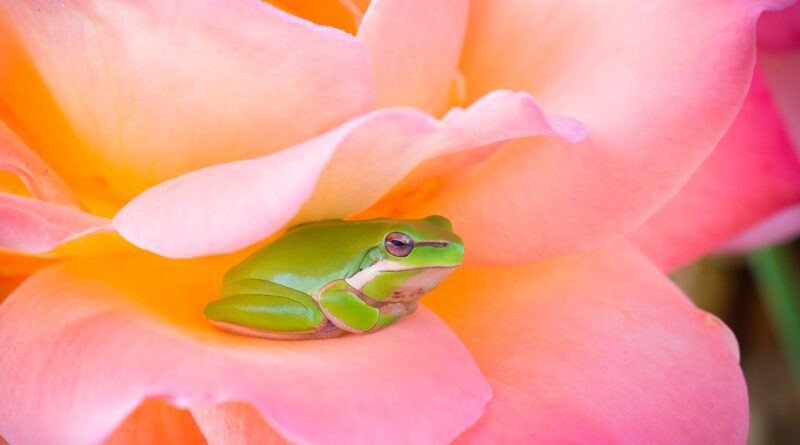Kaeru and Kawazu (「かえる」と「かわず」 – Frog)
Kaeru and Kawazu
「かえる」と「かわず」
蛙, which means “frog,” can be read in two ways: kaeru (かえる) and kawazu (かわず/かわづ).
“Frog” を意味する「蛙」は、「かえる」と「かわず/かわづ」の二つの読み方があります。
The most common reading is the former, kaeru.
日常的に使われる読み方は「かえる」です。
The latter reading kawazu is rarely used in daily life. You can only find it in waka (traditional Japanese poems of thirty-one syllables) or proverbs.
「かわず」は日常的にはほとんど用いられず、和歌やことわざの中でよく使われます。
To the Japanese sense, kaeru sounds cute, whereas kawazu sounds formal or elegant.
「かえる」はかわいらしい響きであるのに対し、「かわず」は正式または上品な響きを持ちます。
In fact, in the past, kaeru was used in spoken language, while kawazu was used as gago/miyabi-kotoba (雅語 – meaning “sophisticated word”).
実際、かつては「かえる」は口語、「かわず」は雅語として使われていたようです。




